KENYA’S HEALTH CARE CRISIS: WHERE IS THE MONEY? A Corporate Case Study Reveals Broader Problems
CICTAR sent a detailed list of allegations included in this report to Fresenius and offered an opportunity to respond and comment. The full written response from the Managing Directors of VAMED Engineering is available here
Due to the pressure of excessive foreign debt, the Kenyan government’s efforts to continue to cut public services and raise taxes from those who can least afford to pay – and the robust response from civil society – have drawn global attention.
Meanwhile, multinational corporations with large national government contracts to supply medical equipment and products appear to shift profit offshore, with little or no tax paid and no questions asked. Where is the money going and to what end?
This report, produced by CICTAR working in partnership with the Kenyan Medical Practitioners and Dentists Union (KMPDU) provides a case study of one multinational corporation, which claims to have had more than 1,000 health care projects in 101 countries and that has been selling medical equipment to the Kenyan national government since at least 2014. This corporation is not alone and is simply an example of a wider problem. It was selected because its business model in the Global South – with support from many European government ‘development’ and export credit agencies and international banks – is very clear. The extractive business model produces profits for European exporters but may be shifting scarce resources from front-line care while leaving importing governments deeper in debt

